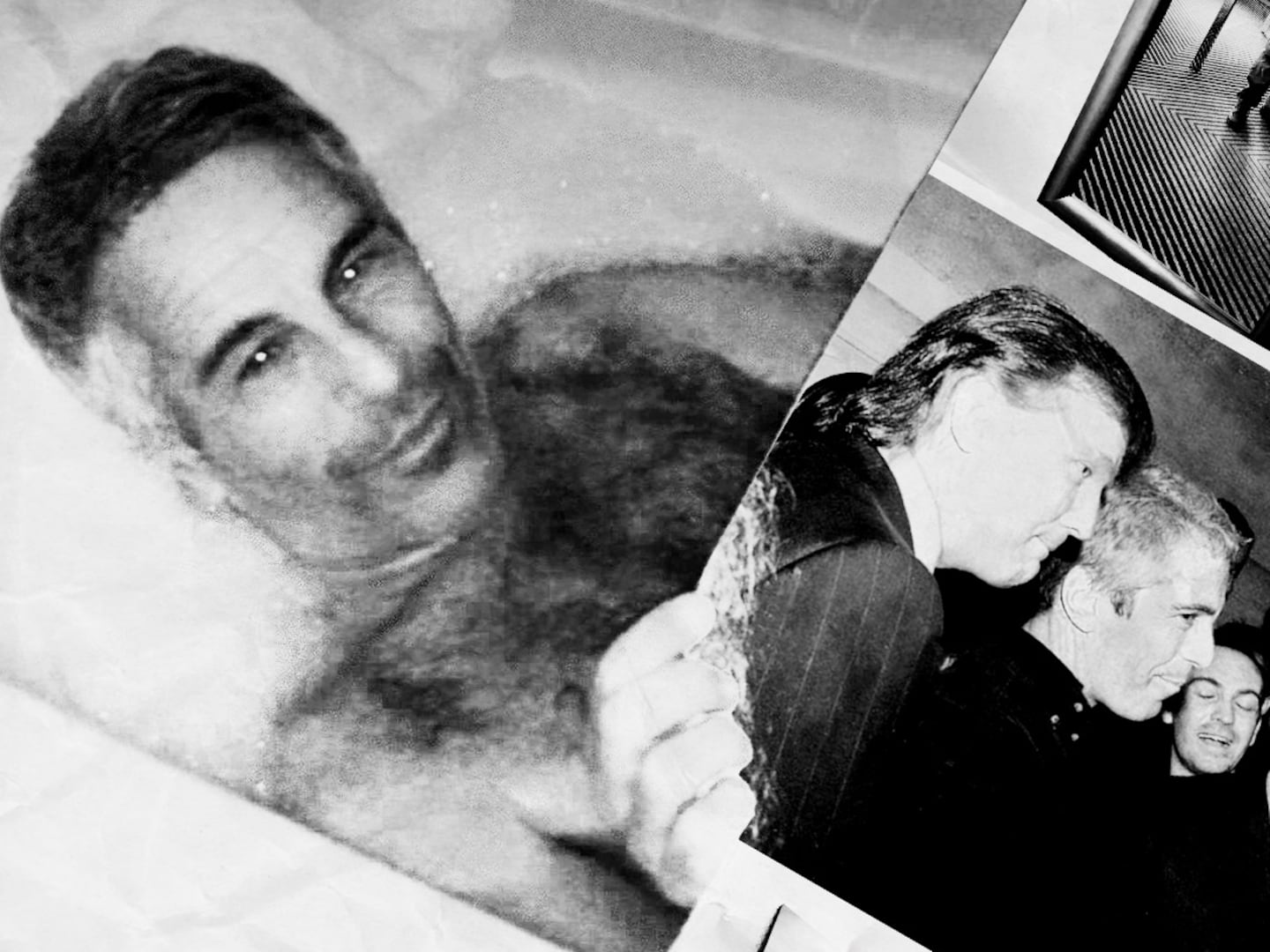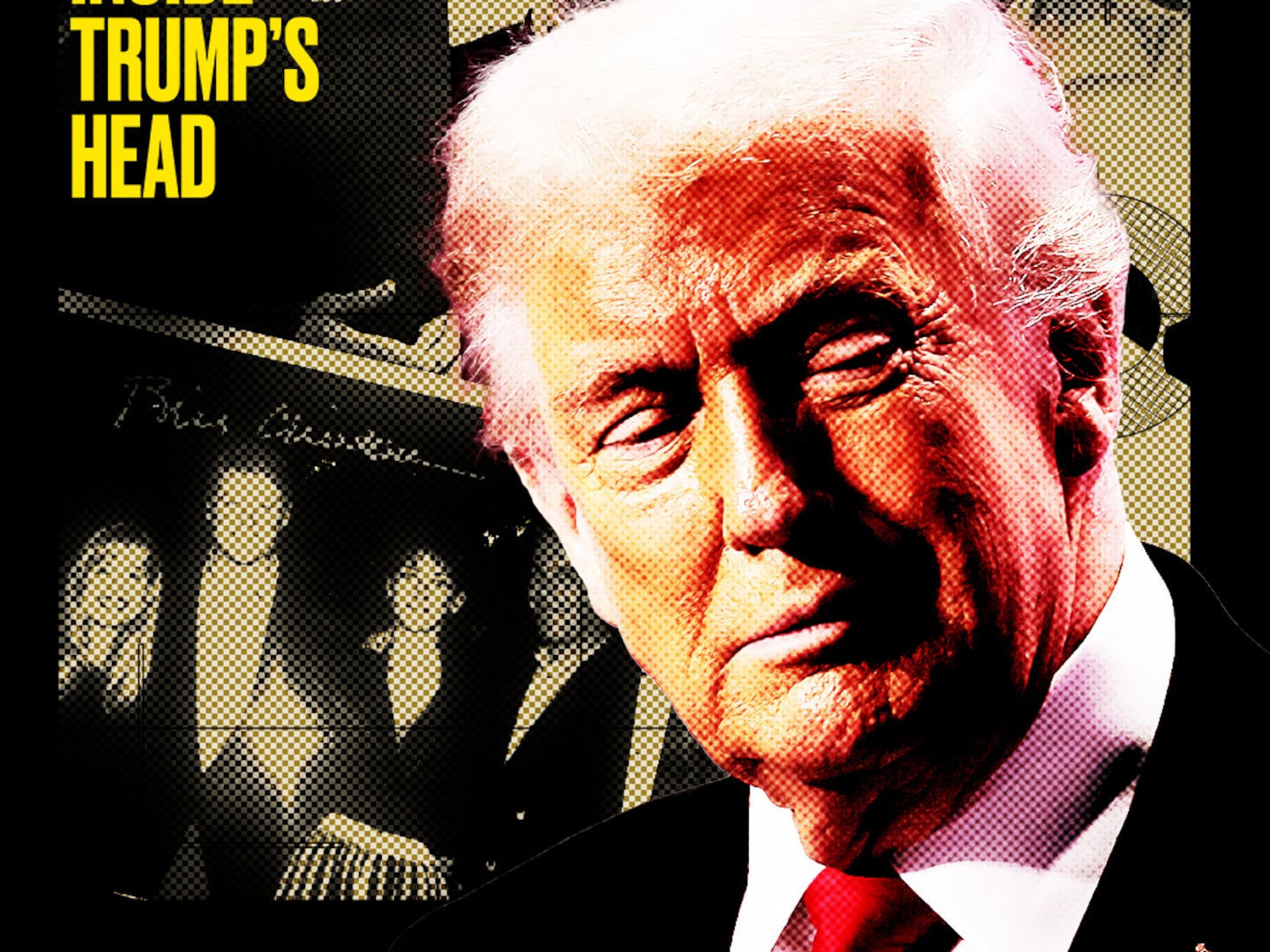“High above, a helicopter was hovering, its rotor slapping madly as it waited to land,” concludes a battle sequence in Lan Cao’s second novel, The Lotus and the Storm. You can hear the choppers descending even if you have never set foot in the country. The steady, entrancing rhythms are a well-established motif in dramatizations of the American war in Vietnam.
What’s missing in the Western popular imagination is an inkling of the tastes of the daily cuisine or the nuances of the language, how the same word means one thing when enunciated with an upward tilt and something completely different without. Which is to say nothing of the hopes and dreams of those who create the food and speak the speech on the other side of an international divide. The experiences of the American soldier in Vietnam have been explored deeply in film and fiction: Platoon, Apocalypse Now, Good Morning, Vietnam, Full Metal Jacket on the screen; The Quiet American, The Things They Carried, and Matterhorn on the page. What remains considerably rarer are stories from the Vietnamese perspective and particularly those of Vietnamese emigrants whose lives span two cultures.
Cao’s first novel, Monkey Bridge, appeared in 1997 and received exemplary notices as a watershed: the story of an American immigrant, Mai, and her vexed relationship to her mother whose decision it was to spirit her daughter from Saigon in 1975 (a significant year, to put it mildly). The narrative revolves around Mai’s attempts to unearth the mysteries of her mother’s withheld past, the distant life whose reach still somehow spans oceans.
The ambition of The Lotus and the Storm is evident from the first page, when one of the narrators, who lived as a child through the earliest stages of the war, recounts a famous tale from Vietnamese literature. It is a story of star-crossed lovers, Kieu and Trong, who will be separated by years and trials before finally achieving a chaste and lasting reunion. Cao’s young protagonist, once again named Mai, links the mythic pair to her vision of her parents, lending her own narrative an epic backdrop that extends beyond the war and later years in the U.S. when, psychologically tormented, she finds herself alone and caring for her ailing father, Mr. Minh. (Or so the chapter titles formally name him, in a nod, perhaps, to his pained formality.)
The echoes of Monkey Bridge do not end with the name of the younger protagonist, yet the differences lie in focus, the new novel dwelling on the bond between father and daughter and the volatilities of male friendship.
In present-day America, Mr. Minh waxes nostalgic in a care facility where he is tended to by Mai and An, a fellow immigrant who has run afoul of her hui, or informal lending network. Reaching out from another Vietnamese-American community, Phong, an old friend and associate of Mr. Minh’s—he held a prominent position in U.S.-assisted South Vietnam—desires to end years of estrangement. Mai, meanwhile, suffers from a sort of multiple personality disorder that channels Vietnamese folk belief in the transmissibility of spirits. She works at a law firm as a librarian, a position calling for attention to detail but not much in the way of ambition, or so some fractured part of her consciousness opines. In moments of duress, a different self manifests with acts of destruction: unleashed id in Freudian, or Incredible Hulk, terms. This aspect of Mai’s personality goes by the name Bao after a mispronunciation once made by Mr. Minh using “a sharp dip and rise in tone” denoting “storm,” and not “treasure,” as he had intended. The author goes so far in representing mental disorder as to assign certain chapters to Bao, who speaks as if an omniscient narrator were living inside the head of Mai and waiting the chance to act out.
This effect, in particular, strains credulity and yet is exactly what Bao represents within Mai: a push beyond reasonable limits, the dutiful, conscientious existence led by her father. In contrast, a reader senses Mr. Minh’s estranged friend Phong is a much less reliable sort: avid, envious, craven.
So forget the even-keeled, the measured, the tempered. The Lotus and the Storm turns out to be a grand, haunted melodrama with elements of camp, delivered in fragmentary reveries. In the mix are Mr. Minh’s takes on the parallels between the wars in Iraq and Vietnam (he foresees a Western betrayal); descriptions of military strategy; lingering accounts of Vietnamese cuisine; observations on the flow of Western culture toward the old country (“There will be bags of banh tieu, a Vietnamese doughnut that is round, puffy, and slightly sweet with a hollow center. I admit it is not as rich or tasty as Dunkin’ Donuts…”); American servicemen appearing as stock characters (turnabout is fair play?); and here and there a beautifully eerie passage, such as this one describing a siege at night:
There were red ribbons of tracer rounds, lolloping curves, each sizzling against the moon’s molten silhouette. Metal fire streamed from every corner of the city. The Saigon skyline glowed. A rock shot straight up, pulling lilies of white phosphorus that intertwined then scattered across the sky.
In other words, The Lotus and the Storm is a true literary mess, but a necessary one, the sort Western readers could do to encounter more of. As Thomas Pynchon’s Gravity’s Rainbow proves, a lot can be said via the messy. No one would actually confuse the work of Cao with that of Pynchon, but then, in life, as in serious fiction—and, tragically, as in war—there are no easy answers, or easy parallels either: Cao’s own extraordinary career (novelist, lawyer, professor) suggests nothing less.
As to the lives of Cao’s characters and their experiences of exile, an enraptured Mr. Minh communes with the wife from whom he has long been separated: “There is a deep symmetry inside this backward-flowing time, like a return to the beginning, like watching the gestation of the earth. I dream of it as a lover would. And I know this dream for what it is.”






